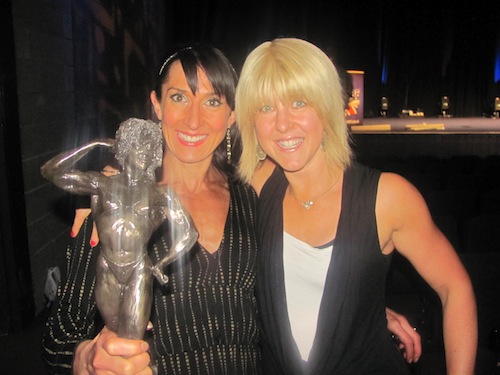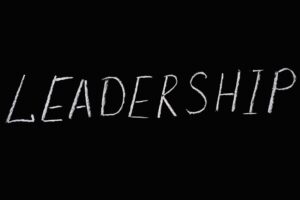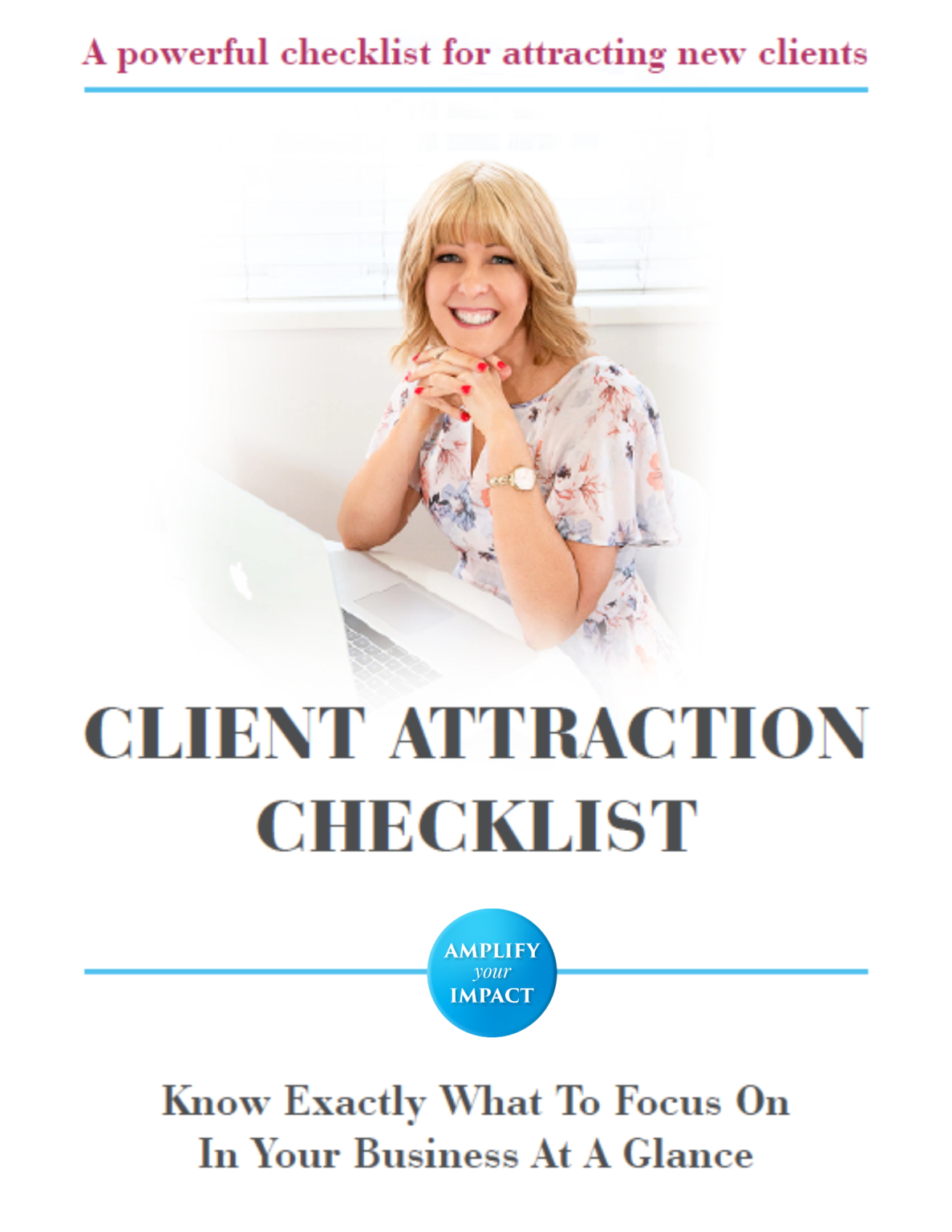For the past two decades, I’ve been on a quest to understand what separates the winners from the people who give up.
What I’ve discovered is that the ability to create a winning mindset is at the heart of transformation.
Over the years, working with thousands of people, I’ve observed many successful people and many others who have given up.

I’ve realised that success is so much more than just strategies. It’s about mindset.
I believe that winning in business is not about beating others. It’s about winning the war over your fears.
In the words of Roger Staubach:
“Winning isn’t getting ahead of others. It’s getting ahead of yourself.”
Winning is about overcoming your personal challenges, discovering what you’re capable of, and showing yourself that you can do things you never thought were possible – because that’s what makes you win.
In 2006, I decided that I wanted to compete in a bodybuilding competition, in the figure division, because I wanted to see what I was capable of and I wanted to have a goal that scared me.
I thought that I would just do one competition, develop the mindset, learn the skills and that would enable me to coach other bodybuilding and fitness competitors in the future.
But the taste of victory was very addictive and I ended up doing 10 competitions over a period of 8 years in 3 different countries.
I placed in the top 3 in 9/10 of the competitions, winning gold 3 times. In the 10th competition, I came last. And that was also the last time I competed.
(Losing doesn’t feel good!! 😉
The funny thing was, it was the only competition where I didn’t hire a coach. No wonder I am so passionate about the value of having a coach to stay accountable to.

I went on to coach numerous bodybuilders including many world champions.
One of the most important lessons I learned through competing is that your outcomes are not determined by who you are for a few minutes; they’re determined by the person you are on a consistent basis.
The way I define a winning mindset is being strong-willed in a way where you believe you can achieve what you set out to.
A winning mindset is an attitude of action over time.
We don’t all want to be champions; most people don’t want to enter competitions. But we all have a deep desire for growth – and for being the best we can be.
We all have a different definition of success.
The dictionary definition is “the accomplishment of an aim or purpose”.
Standing on stage, hearing my name called, and receiving a trophy for first place represented a feeling of victory I’ll never forget.

But the private victories I won, when no one was watching, have been the most meaningful.
The days when everything within me didn’t want to train but I did it anyway.
The moments when I had a very emotional day and all I wanted was to bury myself in a bowl of pasta and a glass of wine, but I ate fish and veggies and hit the gym instead.
Those are the moments that have stretched my capacity and showed me I could conquer my primitive brain.
A lot of people I’ve worked with have told me their greatest feeling of victory was conquering their fears and doubts, and developing habits that made them feel proud of themselves.
It takes a focused decision to change our thinking to push through the resistance that’s between us and our winning mindset.

We don’t drift to winning.
It starts with intentional thinking.
I used to have so many negative thoughts. I really lacked confidence and my self-image was bad. At the schools I went to, people constantly put each other down. It was normal to judge and criticise people.
Fortunately, I had an awesome Mum who introduced me to faith and personal development.
I read her Jim Rohn and Zig Ziglar books and listened to her tapes about standing on the shoulders of giants.
I was stuck in a job I hated for many years until the internal work I was doing on myself, through personal development, pulled me out of it.
Muhammed Ali said “Champions aren’t made in gyms. Champions are made from something they have deep inside them – a desire, a dream, a vision… the will must be stronger than the skill”
A lot of people want the strategies, but strategies are pointless if you don’t have the mindset underneath them to support them.
Otherwise, sabotage behaviours come in.
For a lot of people, their internal emotional wounds are running their life. When you give your wounds energy, that becomes your life.
You say things like:
“I don’t have enough time.”
“I just can’t get myself to follow through.”
“I do well for a while, but it doesn’t last.”
“I have to think about it.”
“It’s too hard.”
As Henry Ford says, “Whether you think you can or think you can’t, you’re right”.
So here are 5 ways to develop a winning mindset in business …
1. Commit to your own success
Commitment is the ability to stay loyal to what you said you were going to do long after the mood you said it in has left you.
To stay committed, you have to have a reason.
The reason I’ve been so consistent is that I made a promise to myself that I would do whatever it takes to succeed. Because I believe that the gifts I’ve been given are meant to be shared. I believe that by constantly evolving into my best version, I help others be their best version too.
That reason, that promise, is so strong. Because that promise has a deeper meaning to me, I’ve stayed committed, no matter how hard it gets, and no matter what it takes.
What’s your reason?
It has to mean something to you. When you have a real reason, you won’t give up.
If you don’t have clarity of that reason, you’ll probably live life aimlessly, and always find yourself back at struggling with commitment.
Commitment is not just about setting a goal, but living by a standard.

A goal is something you reach. A standard is something you live by.
Staying committed means being willing to be uncomfortable. The truth is, in life, you are going to be uncomfortable regardless.
Outside your comfort zone is where magic takes place.
2. Show up like you’re performing
Give 100% of what you’ve got each day.
My coach taught me to give 100% on any given day. That doesn’t mean 100% of your full potential that day, but 100% of what is available to you that day. Some days it might be 70% of your full potential, but it was 100% for that day.
Winners know that if they don’t perform at their highest level each day they won’t be satisfied. They’ll feel itchy and restless.
Think about your best effort. 10/10 effort.
Now think about how you’re showing up at the moment in your business most days.
Are you giving your best effort? Or maybe you’re showing up at a 6 or 7 out of 10?
This isn’t about perfection. We can’t always show up as our best. We all have off days but we can be intentional about how we want to show up most of the time.
Most people know deep down that they aren’t committing 100%. You can’t feel like a winner if you’re only putting in 70% effort most of the time.
I heard an interview recently with Mark Schulman, the drummer for Pink. He said … “I remember hearing Billy Idol say, “I will sing every note like my life depends on it.””
A winning mindset is the belief that the attitude and energy levels we choose become the primary fuel for all of our performances.
And everything you do is a form of performance – down to the zoom call you were just on, to the content you’re about to post on social media.
How do you show up in your business?
As though you’re performing? Or just cruising along, just getting by?
If you want to show up with superior communication skills, masterful influence, engaging effectively, and be focused, productive and passionate in your business, it starts with your thoughts.
Motivate yourself with your why.
Winners know they need to motivate themselves. They have a coach to keep them accountable to their full potential. We can’t be our own therapists. Yes, we can be our own best coach but we can’t see what others see. We can’t reach our full potential without having someone coach us and push us beyond what we can do ourselves.
But coaches and mentors are there to guide us and teach us and train us and support us. They’re not there to motivate us. That’s an inside job.
Winners aren’t searching constantly for something or someone to motivate them. That’s not someone else’s job. The greatest way to motivate yourself is to be constantly thinking about your ‘reason why.’ Motivation is always needed – especially during the low times. Those low times are often when people get derailed.
3. Surround yourself with people on the same mission as you
Get good at saying no to the things that do not move you toward your “yes”.
With a winning mindset, you’ll choose to give up some things that you’re used to having. You’ll choose to do some things that you don’t want to do because it’s going to lead to something greater.
Champions are strategic in what they do as well as what they allow in their life and outside of it. Some of the strategies around discipline may be changing your environment because it’s vital to your success.

Mindsets are contagious
Who you surround yourself with is what you will become.
Evaluate your circle of people.
Do you want the mindsets they have? Does your environment add value or deplete from your goals?
Get around people who make you better. Put yourself in growth environments regularly.

4. Be present with whatever is in front of you
Your focus is one of the most powerful tools you can use in business. It’s where your attention is.
Whatever you do, be it bodybuilding or business, your focus is everything.
Imagine you’re in the middle of a Zoom call, or in the middle of writing a blog. Do you allow your mind to wander off somewhere else? Do you find it difficult to stay in the current moment, either worried about the past, or anxious about the future?
If so, your performance takes a hit because you’re not 100% centred on the task in front of you.
It’s so important to focus on what you DO want, not on what you don’t want.
We have control over our thinking and our actions – that’s it.
Focusing on things in the past or future, things you have no control over, or things that don’t involve your actions sets you up for unnecessary anxiety.
Being focused is about attending your mind to what you’re currently doing and being present. Being here. Now.
Focus is like a muscle. You train that muscle and it gets stronger with time. You stop paying attention to it – and it starts lacking.
Focus makes all the difference. It closes the gap between your vision and your reality.
When I was training for competitions, if someone asked me which muscle I train the hardest, I would tell them that it would be my mindset. It makes all the difference in the gym, on stage, and in business.
Once you start to access your winning mindset and apply it, you’ll notice a change. You will start to see a shift in who you become.
5. Keep showing up consistently
What you are working on is not going to change immediately. You’ve been putting in the work. You keep doing it but you don’t necessarily know when the winning moment will come.
Champions understand that the process must be trusted. You cannot take shortcuts in the process. Some of us want to get there so fast.
However, the definition of the gardener’s mindset is this: “You have to know growth is taking place even though you cannot see it.” You must trust that you are doing the right thing although you cannot physically see it.
One day this work will all pay off.

“You have to know growth is taking place even though you cannot see it.”
Before I had a six-figure business, for years I sat in my room, creating videos from my heart. Every day I planted seeds. Every day I trusted the process and every day I grew, even when I didn’t realise it.
In the beginning, no one was asking me to speak. Now I have constant invitations.
A lot of people start something and within a few months, they throw in the towel and give up because the result is not instant.
It is not enough to be committed and disciplined if you are not consistent. You have to show up regardless of how you feel. Plant seeds every day, water them, and they will grow.
The misconception many people have is they think they have a consistency problem when actually they lack commitment.
Think about everything you have been consistent about within your everyday life. You were probably consistent in going to school. You have been probably been consistent in going to a job every day. You may have been consistent in taking care of your kids.
How can you apply the same consistency you’ve applied in other areas of your life to your business?
You need to be relentless in your pursuit of what you want in business. That means you never give up, no matter what. You are persistent in the face of obstacles – you might get disheartened but you refuse to let it keep you down. You show grit and you back yourself.
You perform the best you can and overcome any challenge because you realise that every challenge you face is smaller than you.
That challenge in front of you is something you were built to overcome. The challenge can grow you in your pursuit to conquer it.
Do you want to find out exactly how to do this in order to grow your business?
This is an invitation for coaches, consultants, and experts who already have achieved results with people and want to earn an extra $5k-$10k+/month ASAP by signing up new, quality clients.
We would work together intensively to:
1) Make your offer irresistible. I’ll help you uplevel your package for your stage in business and the stage that your ideal clients are at to create rock-solid certainty in your offer. We’ll unpack in-depth your client’s journey from point A to point B and refine your signature system. Then we map out the best ways to attract your best-fit clients.
2) Clarify your language. I’ll help you discover and craft the right language and messaging to call in the right clients. We get clarity on their existing beliefs and how to shift their beliefs to inspire them to want to take action and create results.
3) Present content that converts. We use my proven process on video or in posts and emails to attract truly ideal, quality clients. I make sure you’re following my frameworks as precisely as possible – so that you get enquiries from your content.
In order to be the best candidate to get results, you must have experience serving clients in your area of expertise and getting results, and already have a pretty clear idea of what problem you solve and who you enjoy helping the most.
You must also be willing to create content, either writing and/or being on video and sharing your thoughts about the topics you’re an expert in.
P.S. Whenever you’re ready… here are 3 other ways I can help you grow your coaching business:
1. Grab a free copy of my ‘Client Attraction Checklist‘
It’s a powerful roadmap to attracting leads, signing clients, and scaling your coaching business. — Grab It Here
2. Join the community and connect with Coaches who are also growing their business
It’s our Facebook community where ambitious Coaches learn to get more income, influence, and impact. — Join Us Here
3. Work with me privately
If you’d like to work directly with me … just send me a Facebook Message with the word “Private”… tell me a little about your business and what you’d like to work on together, and I’ll get you all the details! — Message Here









 Content, by my definition, is everything you create online. This includes your web pages, social media posts, sales letters, Facebook ads, emails, videos etc.
Content, by my definition, is everything you create online. This includes your web pages, social media posts, sales letters, Facebook ads, emails, videos etc. You may have an incredible offer and your program may be great, but if you aren’t trustworthy as a person, people won’t trust your offer.
You may have an incredible offer and your program may be great, but if you aren’t trustworthy as a person, people won’t trust your offer. You need to have lived experience because if you’ve lived it, people can feel that.
You need to have lived experience because if you’ve lived it, people can feel that. In business, you do this by teaching people something they didn’t know. And then you show them that there is more that there is still to know, which makes them realise they need to know more. This shifts their perception and makes them somewhat more curious.
In business, you do this by teaching people something they didn’t know. And then you show them that there is more that there is still to know, which makes them realise they need to know more. This shifts their perception and makes them somewhat more curious.
 If you have achieved it, or you’ve had someone achieve it, you can be confident in your authority positioning. There’s no magic rule that says you have to help a certain amount of people achieve a result before you can position yourself as an authority.
If you have achieved it, or you’ve had someone achieve it, you can be confident in your authority positioning. There’s no magic rule that says you have to help a certain amount of people achieve a result before you can position yourself as an authority. Aim to shift only one mindset or belief in each of your posts. People don’t take any action on your posts because they haven’t had that epiphany moment. And it doesn’t need to be big, but it’s a revelation or a shift in their thinking.
Aim to shift only one mindset or belief in each of your posts. People don’t take any action on your posts because they haven’t had that epiphany moment. And it doesn’t need to be big, but it’s a revelation or a shift in their thinking. Compelling content addresses
Compelling content addresses 